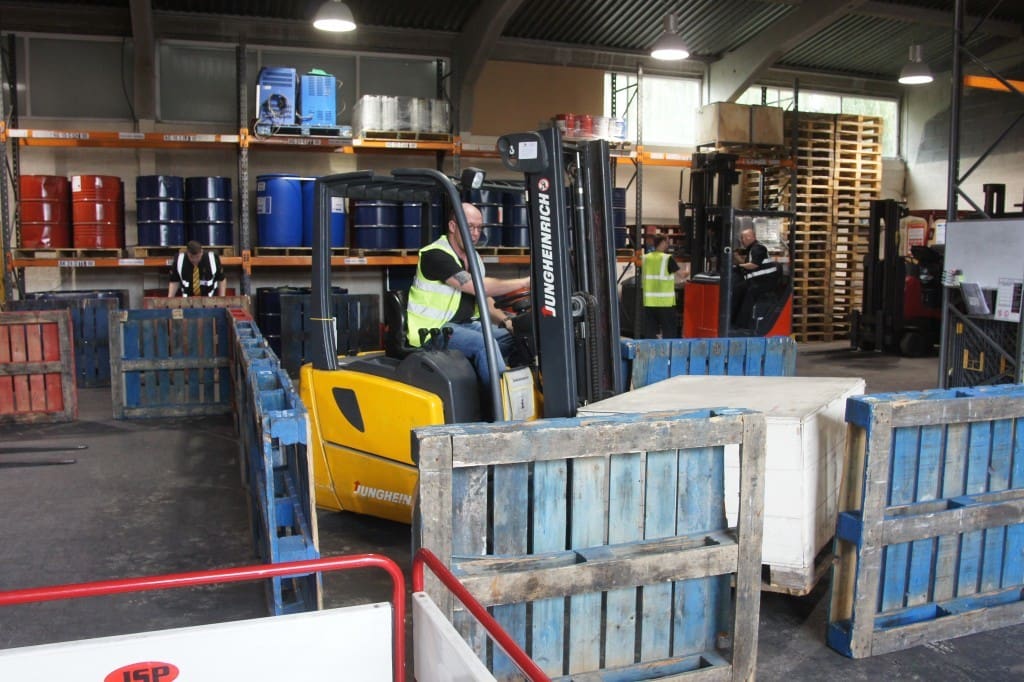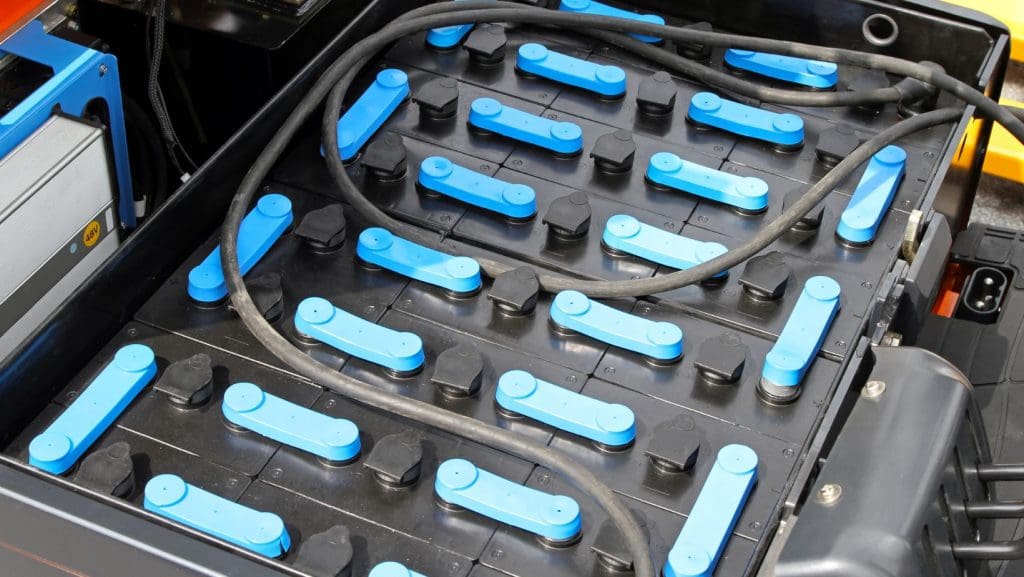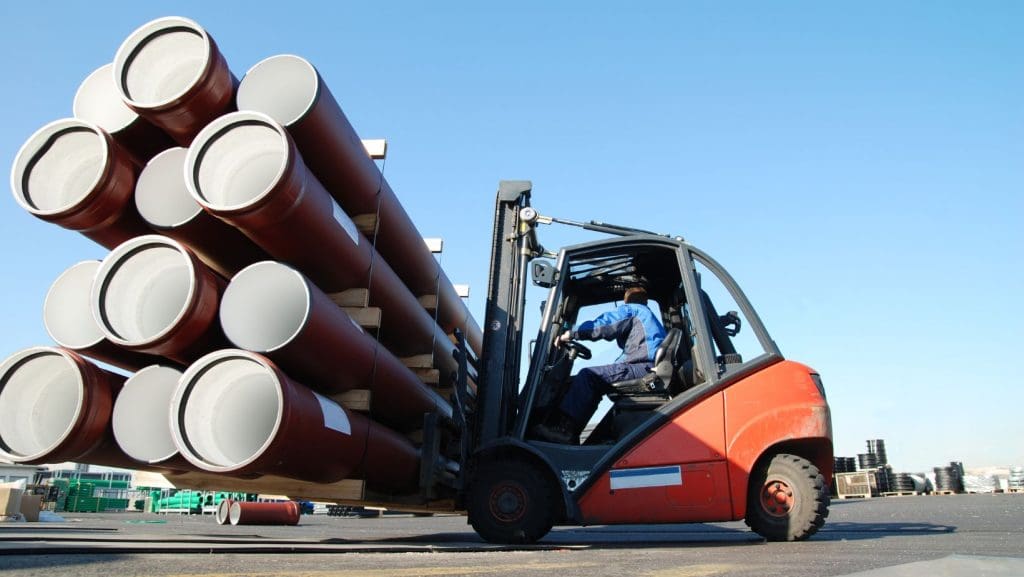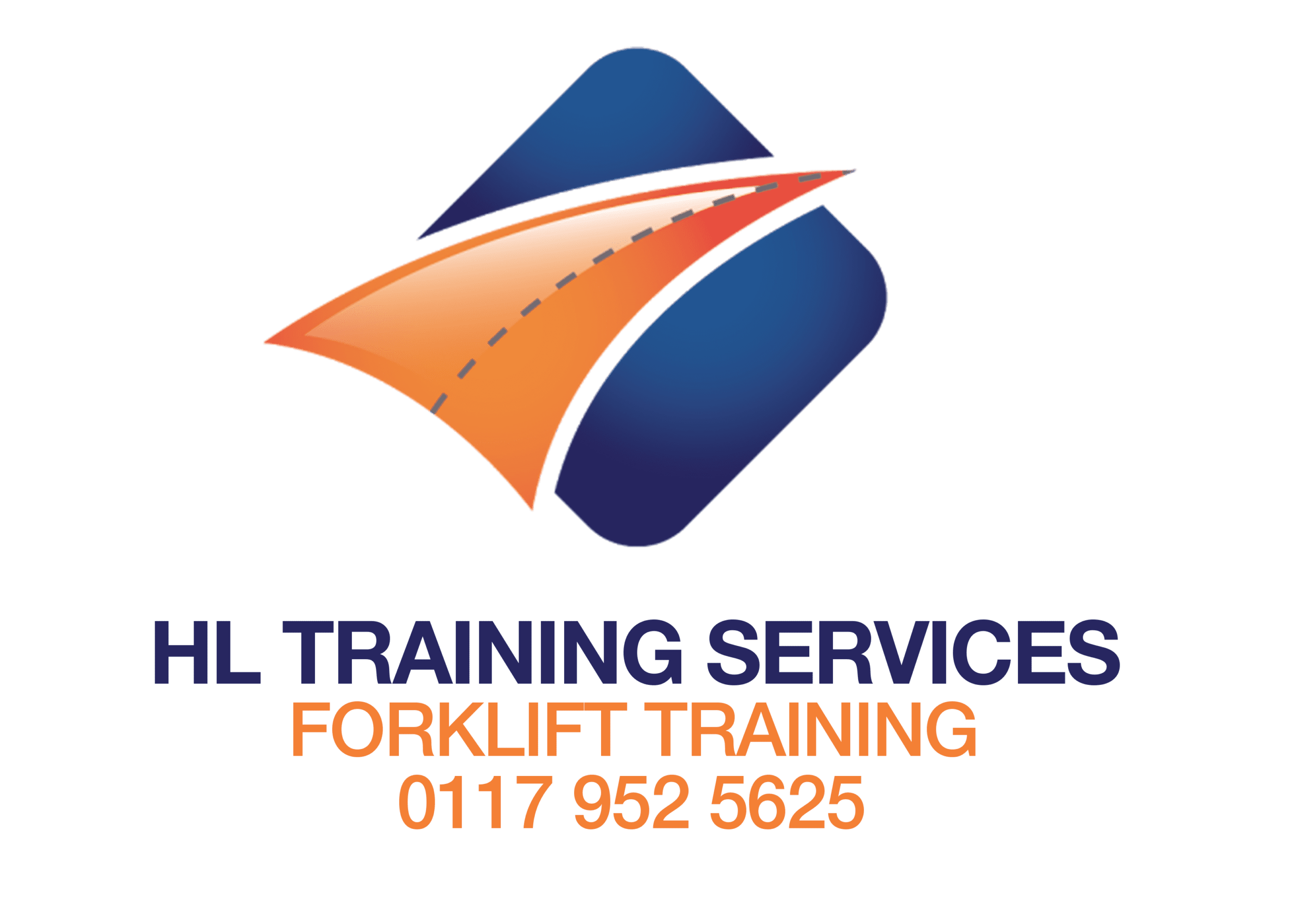
It can be difficult to decide on which forklift training course to take. You may be inclined to choose the cheapest and shortest course since it will not only save you money but also time. However, by cutting corners, forklift operators may not be trained to a high standard and have the knowledge they need to work safely and efficiently. In our guide, we have listed the factors affecting why a forklift training course may be longer than you expect and things you should consider when choosing the right course for you.
- Forklift Training Accreditation and Guidelines
- Forklift Training Course Structure
- How Experience Affects Forklift Course Length
- Other Factors Affecting Forklift Course Duration
- Begin Your Forklift Training Today
Forklift Training Accreditation and Guidelines
When choosing an accredited forklift training course, it is worth looking for a course that is accredited. By looking for a course that has training programmes accredited by the Accrediting Bodies Association, you can have the confidence that you and your fellow forklift operators are all trained to a high standard and in line with the L117 Approved Code of Practice for Rider Operated Lift Trucks (ACOP).
Accrediting organisations for forklift training include the Road Transport Industry Training Board (RTITB), the Independent Training Standards Scheme and Register (ITSSAR), and the Association of Industrial Truck Trainers (AITT).
Forklift Training Course Structure
There are three different elements of training that must be completed to achieve accreditation for forklift operations. Completing these stages is essential to ensure trainee forklift operators are ready to work in a normal environment, guaranteeing the safety of other employees and maintaining productivity within the workforce.
Basic Training
This level of training is the foundation for forklift operations. Basic training ensures the trainee forklift operator knows how to operate the forklift truck itself and any attachments that may also need to be used. Attachments can include clamps, buckets, and double pallet handlers.
As this stage involves the trainee forklift operators developing a knowledge of the process of driving a forklift, this part of training should be conducted “off the job”. This means training is specifically to learn how to operate a forklift rather than how to use the forklift on the job.
Specific Job Training
Specific job training involves understanding the equipment forklift drivers will use whilst on the job and the procedures they must follow daily. This stage is specific to different businesses as it is tailored to how each individual business operates.
This training would also be conducted “off the job”, as without completing training, the forklift trainee may disrupt the productivity and safety of other employees.
Familiarisation Training
This is the final level of training, as it entails putting together all the training so far and working “on the job”. Under close supervision, trainees will be tasked with everyday jobs to test whether they are able to complete their roles safely and efficiently. This final stage marks the end of training, acting as a gateway into the normal daily procedures of the workplace.
Refresher Course
If an experienced and trained forklift operator has not had training in a couple of years, it is recommended they partake in a forklift operator refresher course. This involves testing the forklift operator on their daily procedures and seeing if there are any issues in their performance. If there are any issues, the refresher course can help resolve any bad habits they might have developed over the years.
How Experience Affects Forklift Course Length
The main factor that affects the length of a forklift training course is the level of experience the trainee has. From novice to conversion courses, the amount of training each trainee requires can differ by a few days.
Novice In Forklift Operating
If a trainee is new to forklift operation, there is a lot of knowledge and practice they require. As this type of trainee is starting from scratch, all elements of forklift operation must be learned. From the theoretical aspects of training to the practical elements of driving, a new trainee will require approximately 3 to 5 days to become fully trained and qualified.
Experienced Forklift Driver
An experienced forklift driver can be classed as someone who knows how to drive a forklift and has had experience in driving a forklift but has no formal training. This type of trainee will already have the basic knowledge of forklift operation as they drive forklifts on a daily basis. This means they may complete the whole forklift operation course quicker than a new trainee as they already have the experience. Typically, an experienced forklift driver may take about 2 to 3 days to complete the whole forklift training course.
Refresher Course
A refresher course is for experienced but formally trained forklift operators who may need to freshen up their knowledge of forklift operation. This course is primarily to remove any bad habits these forklift drivers may have acquired to ensure they are operating forklifts safely and to the standard required. Therefore, a typical refresher course should only take about one day to complete.
Conversion Course
A conversion course is aimed at people who need to be trained in using a different forklift truck to the one they are used to. These trainees are experienced forklift drivers who are now required to use different vehicles. This means training can vary depending on the forklift the trainee can already operate and the new forklift truck they are required to operate. This means training can take anywhere from half a day to 5 days.
Other Factors Affecting Forklift Course Duration
Aside from the type of course and trainee, other factors that can affect the length of a forklift training course can be the type of forklift truck a trainee is training to use and the type of training the company requires.
Type of Forklift
There are a variety of different forklift models that a trainee can be asked to operate. For example, a Powered Pallet Truck may take less training as it is simple to operate. Additionally, if the trainee is required to use any attachments during their daily tasks, this can add some time to the training course.
Company Preferences
Alternatively, a company may prefer to have restricted training. This can mean training is limited to just basic training. By reducing the amount of training required, the length of the course can be shortened by over 4 days.
This may mean less time and money is spent on training, but this also means forklift operators are not accredited, which can also impact insurance. Additionally, the safety of other employees may be compromised as trainees may not have a full understanding of the forklift they have been trained to operate.
It is recommended a fully accredited forklift training course is offered by employers to ensure any employee who operates forklifts is trained to a high standard and the safety of other employees is not compromised.
Begin Your Forklift Training Today
Are you wanting to become an accredited forklift operator and are interested in commencing your training? At HL Training, we provide accredited forklift operator courses to elevate the skills of you or your workforce. Our services include professional on-site and in-house training that is endorsed by leading accrediting bodies in the UK, such as RTITB. We offer training for a variety of forklift trucks, from counterbalance forklifts to order pickers. Get in touch with our team either by calling us at 0117 952 5625 or by completing our online form to embark on the journey of enhancing your skills today.
Forklift Course Length FAQs
How long does it take to do a forklift course?
There are various courses and factors that affect the length of a forklift training course. This includes the amount of experience you have, whether you require a refresher course, and the type of forklift you need training for. On average, for a novice forklift operator, it can take 3 to 5 days to complete training.
How hard is it to get forklift certified?
It is not hard to get forklift certified if you follow and complete all the training required. By completing the full training course from basics to familiarisation, you can ensure you are able to operate a forklift safely without compromising others and productively to increase efficiency.
How long does a UK forklift license last for?
There is no expiry date for a forklift license, but it is recommended by HSE that you “renew your license” every 3-5 years. To do this, HSE experienced forklift drivers should take a refresher course to ensure they are still operating a forklift to industry standard. Experienced forklift drivers who only have a certificate of basic training should also take a refresher course. If you are experienced forklift driver but have never taken a training course, then you will not be able to take a refresher course, but should instead undergo experienced forklift operator training.







